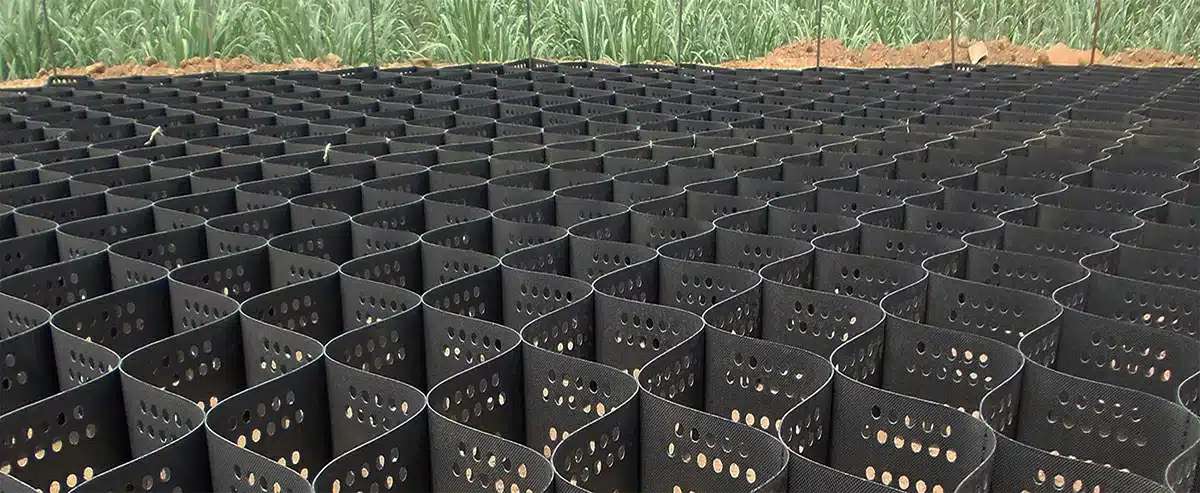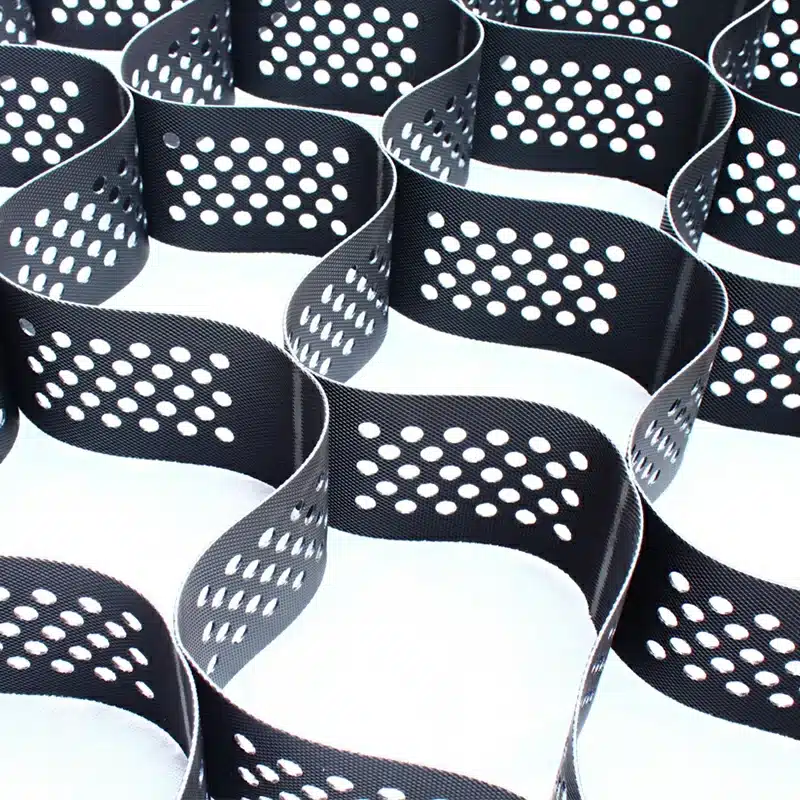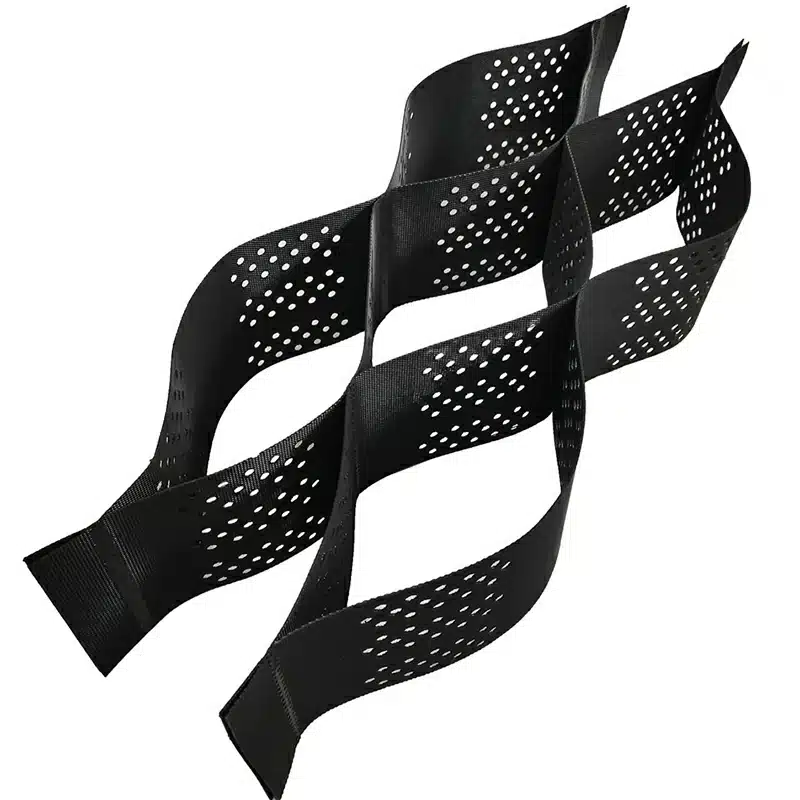Harnessing Ground Cover Solutions for Hillside Erosion Control
Hillside erosion is a pervasive issue that threatens soil stability and landscape integrity, particularly in areas prone to heavy rains or lacking vegetation. Ground covers, specifically innovative geocell technology, provide a robust solution to mitigate this issue. Designed for both residential and commercial applications, a variety of different pocket sizes and heights are available to suit the specific application. This article explores the efficacy of geocells as a ground cover option for hillside erosion control, addressing their application, suitability for various slopes, and optimal materials for enhanced performance.
What is the maximum slope for geocell?
Geocells are highly adaptable to various landscapes and can be effectively used on slopes of up to 60 degrees, although the most common applications are on slopes around 45 degrees. The maximum slope that a geocell can support depends largely on the soil type, local climate conditions, and the specific engineering of the geocell structure. For steeper slopes, geocells must be properly anchored and may require additional reinforcement layers to ensure stability and prevent soil displacement.

What is geocell in slope protection?
Geocell is a three-dimensional, honeycomb-like structure made from high-density polyethylene (HDPE) sheets, employed to protect slopes from erosion and assist in stabilizing the surface. In slope protection, geocells act as a confinement system, holding soil in place and reducing erosion under the force of gravity and water runoff. By confining the fill material, geocells enhance the load-bearing capacity of the soil, thereby stabilizing the slope and promoting vegetation growth, which further anchors the soil.
What is the best gravel for geocell?
The best gravel for use within a geocell system is angular crushed stone with a size range of 0.75 to 1.5 inches. This size ensures optimal interlocking of the gravel pieces, which enhances the overall structural integrity of the geocell system. Angular gravel is preferred over rounded gravel, such as Pea Gravel, because it provides better friction and interlock, reducing internal movement and offering superior erosion control on slopes.
When to use Geocell?
Geocell should be used in scenarios where soil stabilization and erosion control are critical, such as on steep slopes, in areas with loose soil, or where vegetation alone cannot prevent soil degradation. It is particularly beneficial in infrastructure projects like road embankments, hillside gardens, and around water bodies where soil erosion can lead to significant environmental and structural issues. Employed to protect slopes from erosion and help stabilize the surface, geocell installations are also ideal in areas that require immediate stabilization and quick vegetation support.
Geocells offer an effective and environmentally friendly solution for controlling erosion on hillsides. Their adaptability to different slopes and conditions, ability to hold various types of fill materials, and enhancement of slope stability make them a go-to choice for engineers and landscape architects. By choosing the right type of geocell and corresponding materials like angular gravel, the longevity and durability of slope protection can be significantly improved, ensuring sustainable land management practices.



Comments
Post a Comment